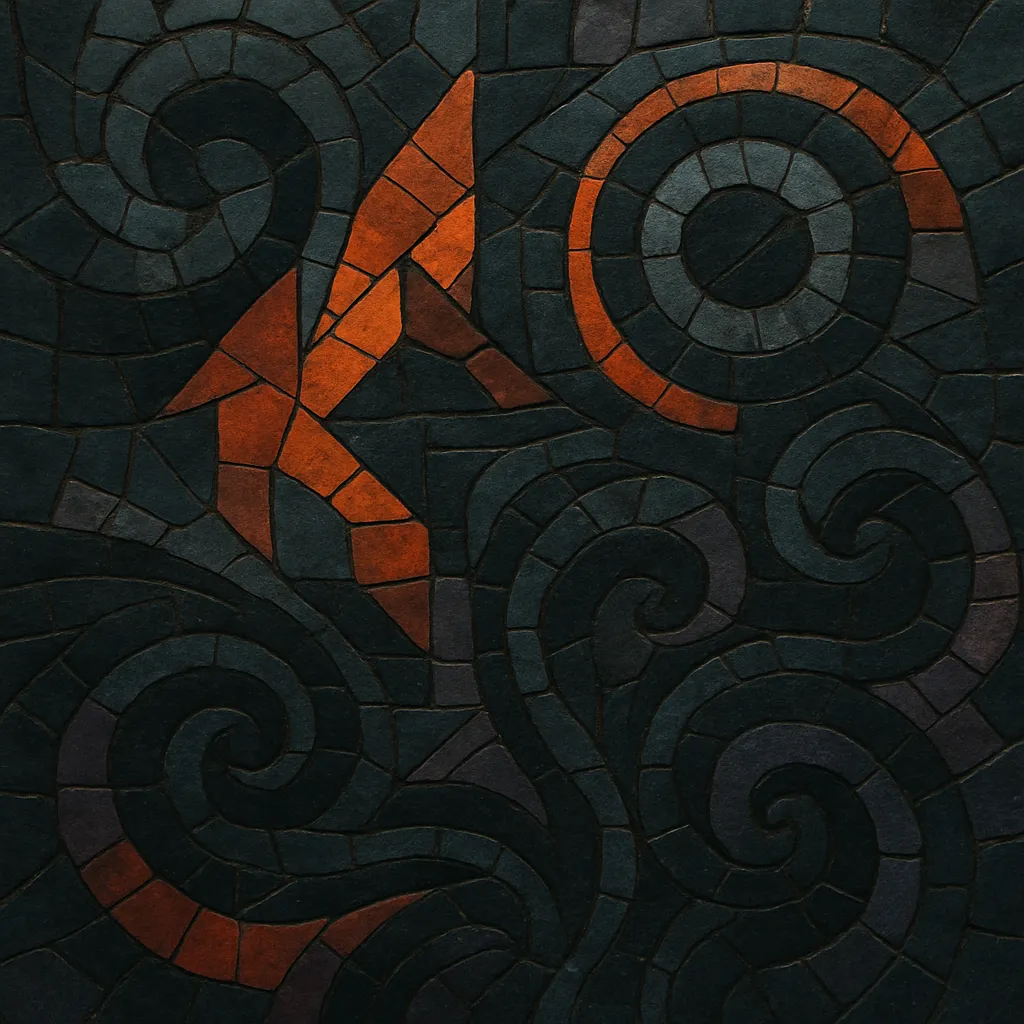Riddim dubstep is a minimalist, loop-driven branch of dubstep that emphasizes hypnotic repetition, half‑time drums, and lurching mid‑range bass motifs. Instead of flashy, constantly changing sound design, it focuses on a few tightly sculpted “wub” phrases that evolve through modulation, filtering, and subtle rhythmic variation.
Rooted in UK sound‑system culture and the Jamaican concept of a reusable “riddim,” the style typically sits around 140 BPM, pairing a powerful sub with syncopated, percussive bass stabs. The overall feel is dark, bouncy, and relentlessly dance‑oriented—built for double‑drops, blends, and long DJ transitions on large rigs.
Riddim dubstep grows out of the UK’s early dubstep scene and soundsystem traditions, absorbing the Jamaican idea of a shared backing "riddim" and the half‑time swing of UK garage and grime. Producers and DJs began leaning into ultra-minimal bass phrasing, sub weight, and hypnotic repetition—an alternative to the increasingly maximalist, mid‑2010s brostep sound.
The term “riddim” became common in UK circles via DJs promoting darker, loop‑centric sets, and it was rapidly adopted online. A cadre of producers started to standardize the aesthetic: sparse drums, cyclical mid‑bass patterns, and long‑form modulation. The approach suited large soundsystems and DJ culture, encouraging blends and double‑drops.
By the mid‑2010s, the style found a massive audience in North America through festival circuits and dedicated labels/imprints (e.g., Black Label and Round Table eras). Social media and clip‑driven promotion amplified signature drops, making riddim a staple at bass events and a recognizable lane distinct from tearout/brostep.
In the 2020s, riddim both tightened and diversified: some artists pushed even more skeletal, groove‑first designs; others hybridized with tearout, trap‑EDM, and color‑bass sound design. Despite crossovers, its identity remains anchored by half‑time drums, a dominant sub, and motif‑driven bass phrasing built for dancefloor momentum.


